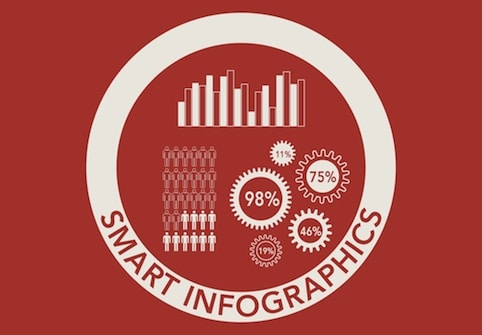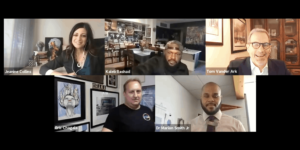Infographic: #PLearning Framework (Part 2 of the Series)

By: Justin DeLeon
#PLearning Framework (Part 2 of the Series) first appeared on Education Elements on April 2, 2014.
When you think of “personalized,” you probably think “unique,” “special,” and “just for me.” For the most part, we personalize as much of our lives as possible. We stock our cabinets and fridges with food based on our dietary needs and what we enjoy eating. We pick apps for our phones based on what we need to do in our daily lives and what we enjoy doing (e.g., banking or launching cartoon birds with a slingshot).
Applying the idea of personalization to our phones or what we eat is fairly straight-forward. When we apply the idea to learning environments, however, it becomes much more complex and the stakes are much higher. While many of us want to deliver a more customized experience for our students; designing and implementing a personalized classroom can be overwhelming. In fact, it stops some of us in our tracks.
Take a deep breath. We can work through the complexity together and help make personalized learning a reality for your students. We recommend focusing your thinking on the fundamental components: drivers, learning experiences, operational models and results. Thinking through the contents of each block will help you make more conscious decisions that are sensitive to your students and their needs. The outline below is an introduction to a visual framework for personalized learning. The questions are meant to push your thinking as you work toward improving your classroom, school or district.

Drivers: Needs and Goals
-
What are the specific academic needs, interests and learning styles of each student? What data exposes these needs?
-
Given their needs, what are feasible, yet ambitious, learning goals?
Learning Experience: Path, Pace and Pedagogy + Choice
-
How do students’ needs and learning goals influence the design of students’ assessments and assignments?
-
To what extent is the pace of learning adjusted given students’ readiness and the complexity of each learning task?
-
What teaching strategies and resources will be used to support the student in advancing down his/her path?
-
How much agency or choice do students have over their learning?
Operational Model
-
What school and/or classroom model will support the students in advancing down their paths?
Results
-
How will you measure whether or not students’ needs are being met?
-
How will you know if your goals are being achieved? If the operational model is effective?
Each building block is critical, but it is hard to address them all at once. It is good to understand the set of questions you need to answer and to then prioritize which ones you will think through, and then act on, first. Perhaps adjusting learning experiences based on every single students’ needs is not feasible; so start with adjusting for groups. Maybe a complete overhaul of your operational model is not an option. You can still make an effort to review student data to gauge academic readiness and adjust learning paths. Regardless, be thoughtful of these blocks, start with one, and work toward building and integrating all of them.






0 Comments
Leave a Comment
Your email address will not be published. All fields are required.